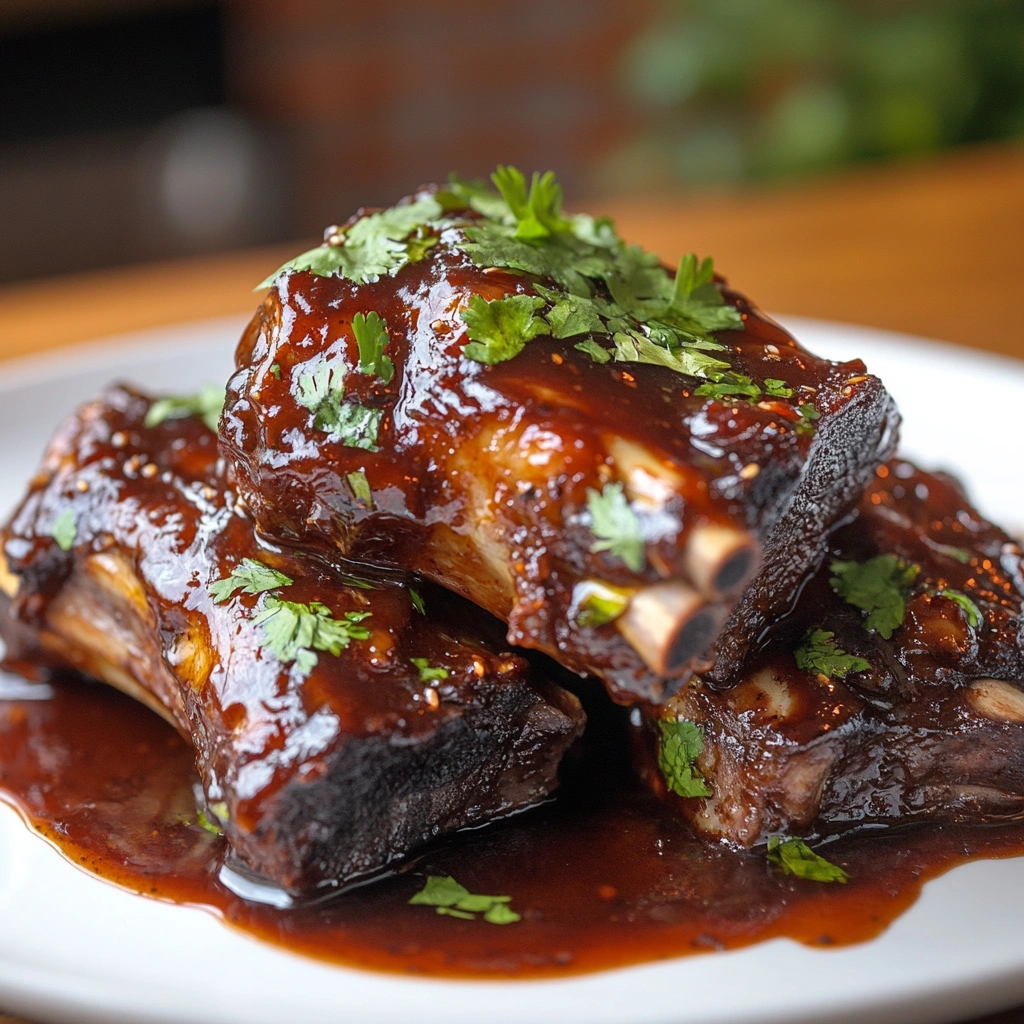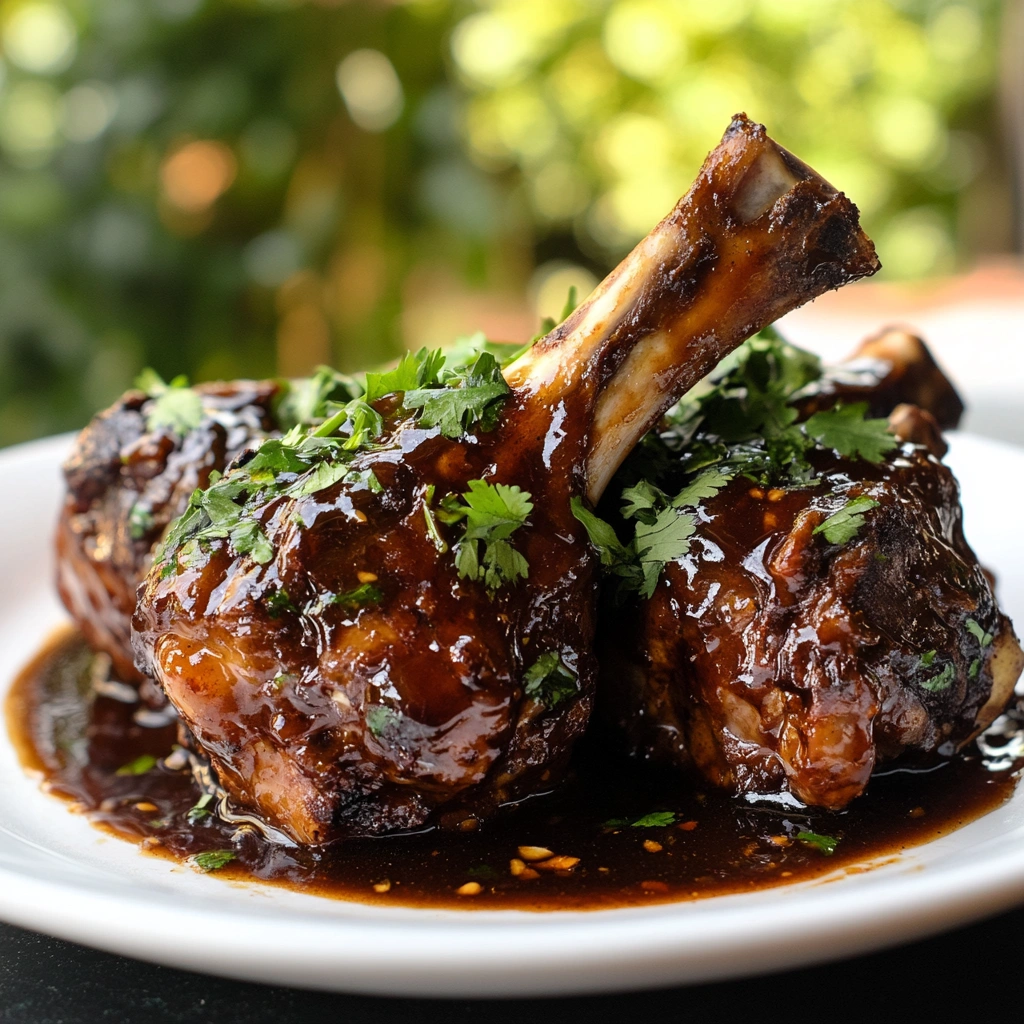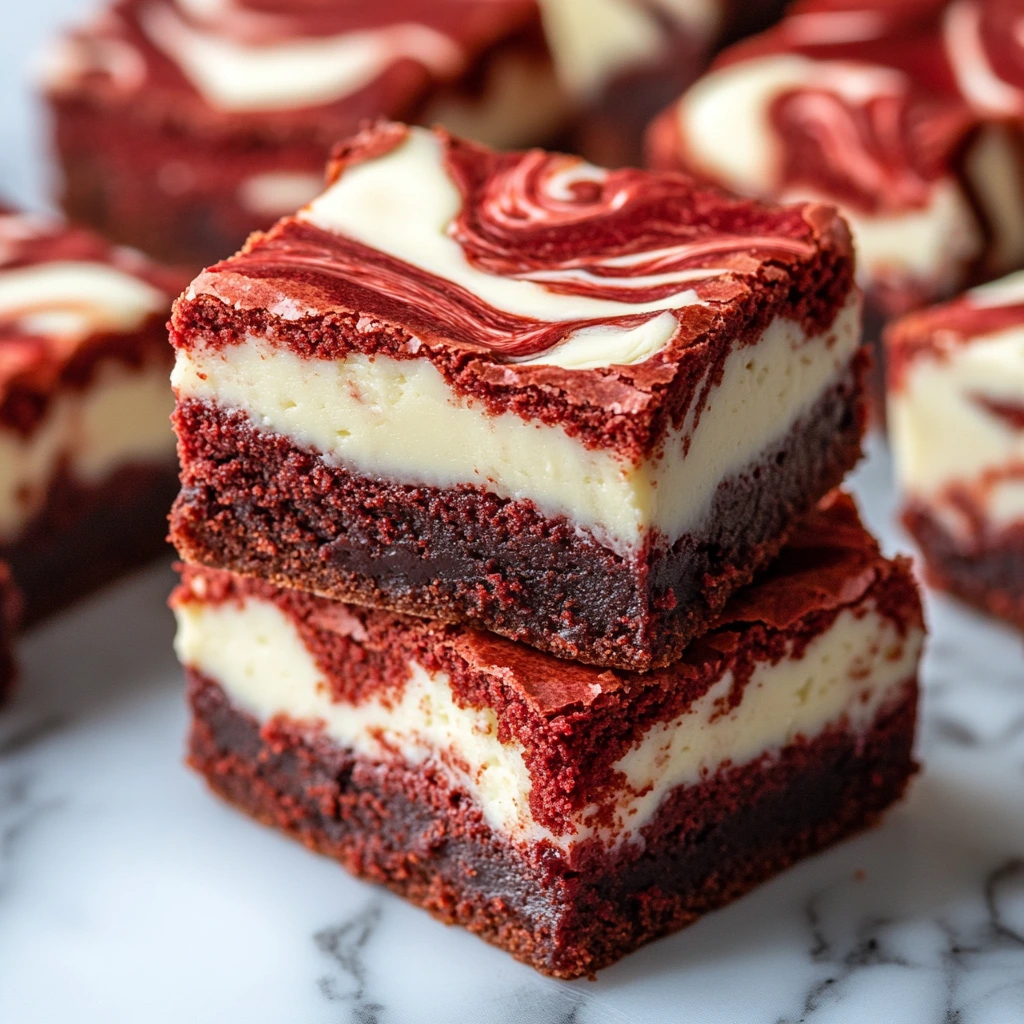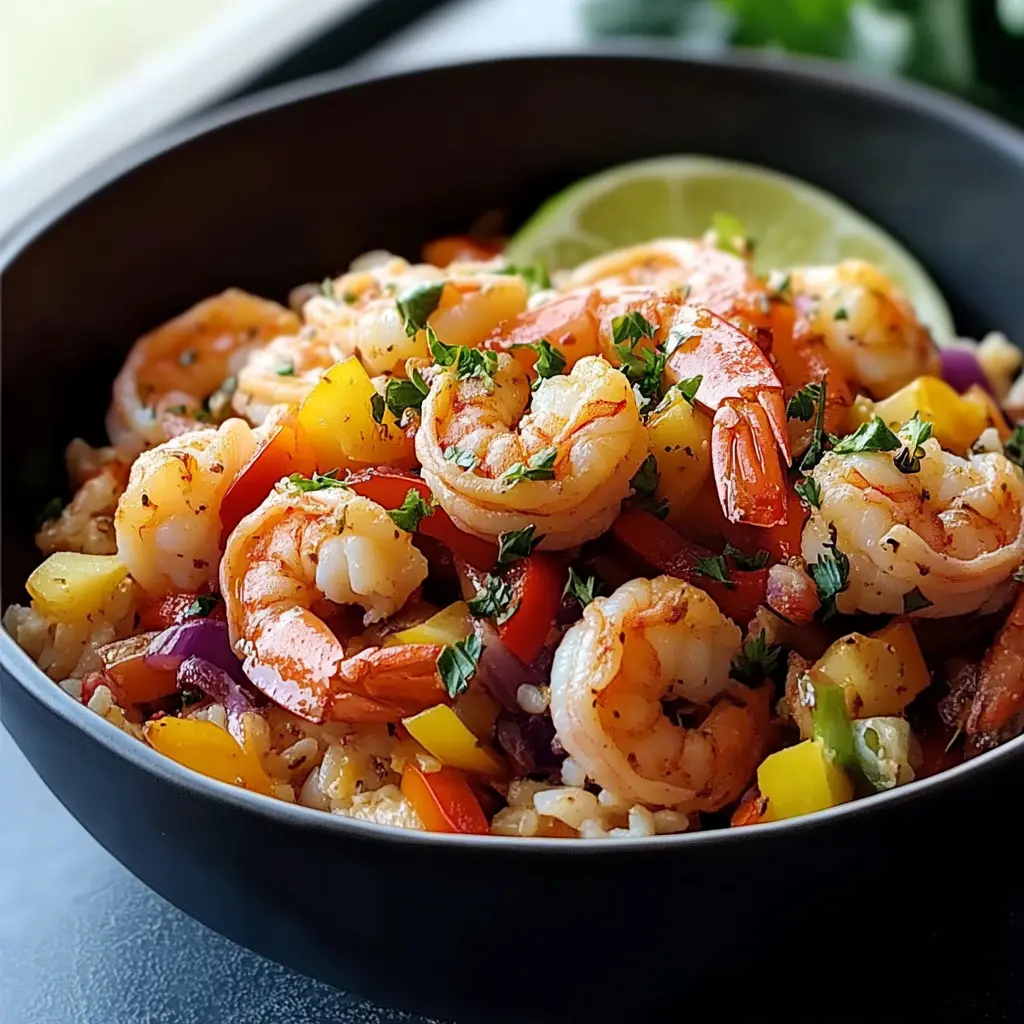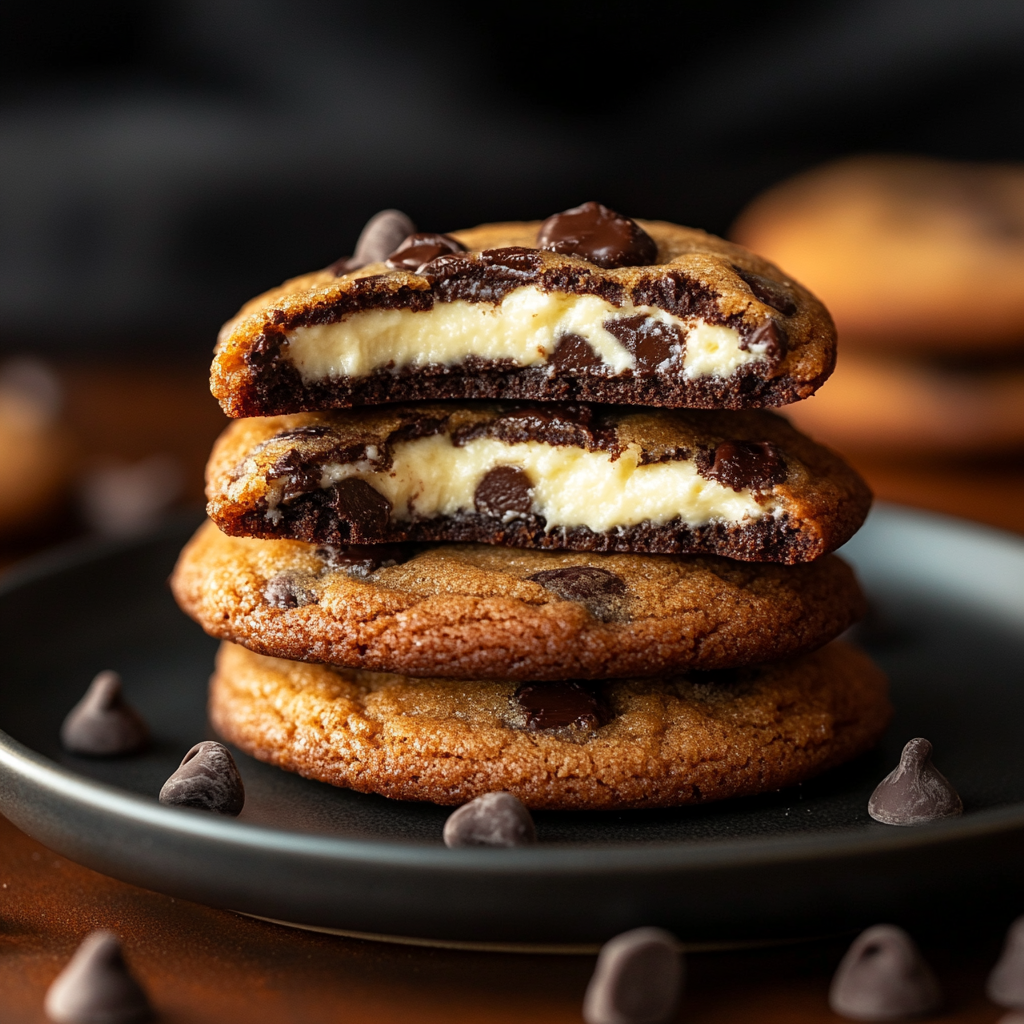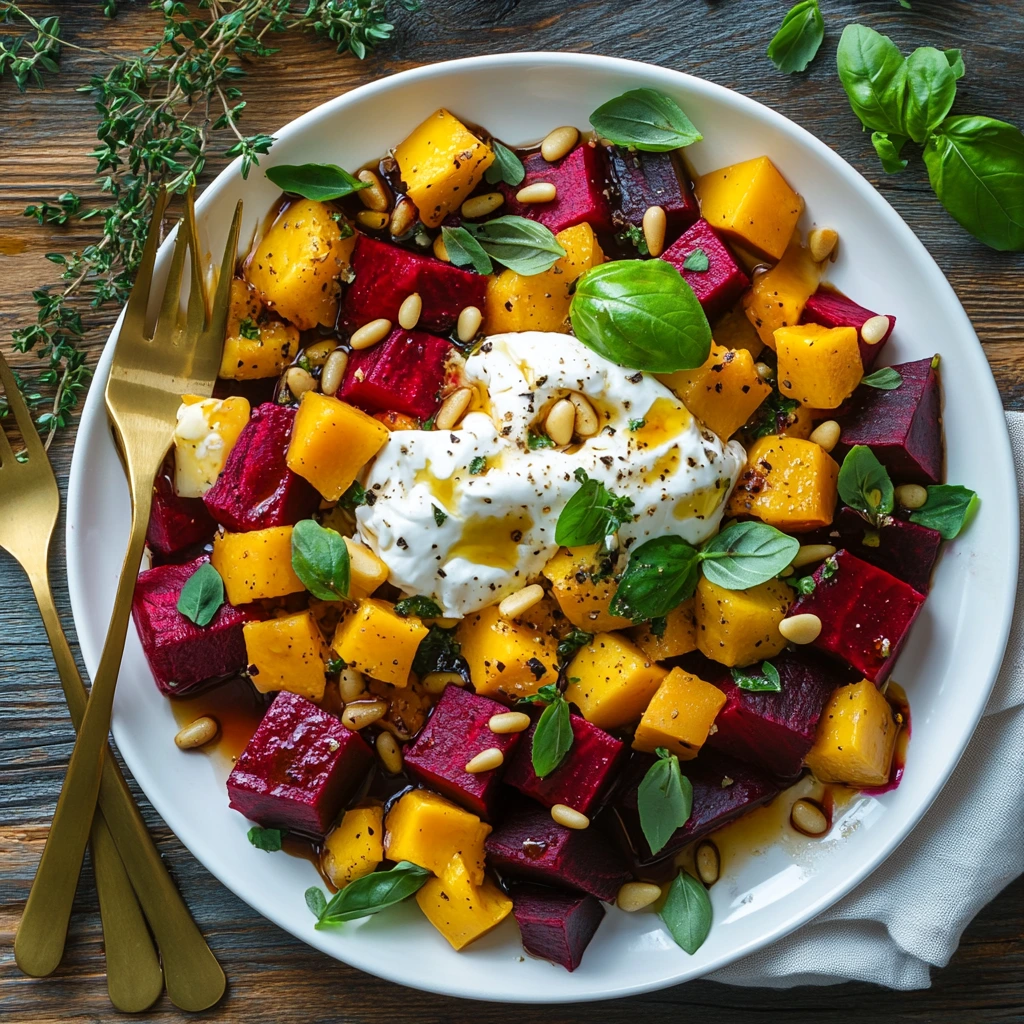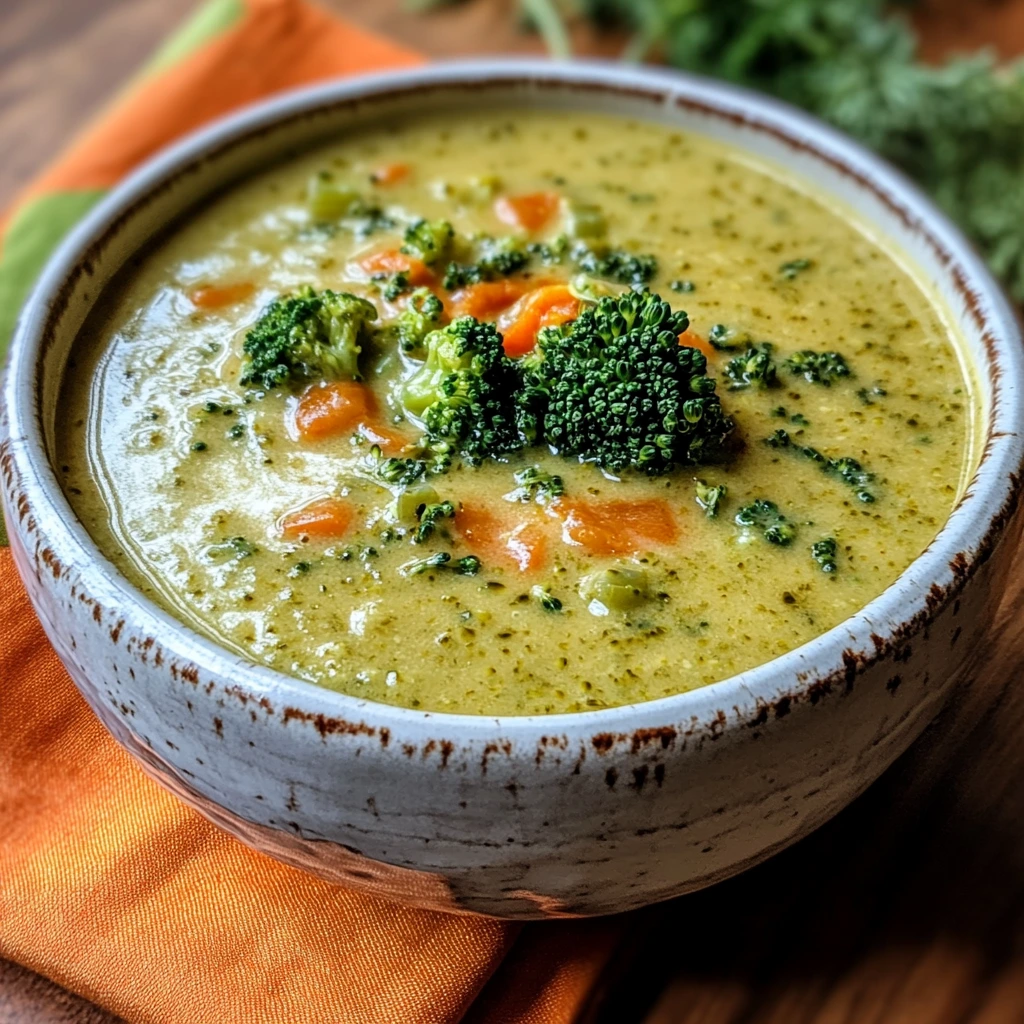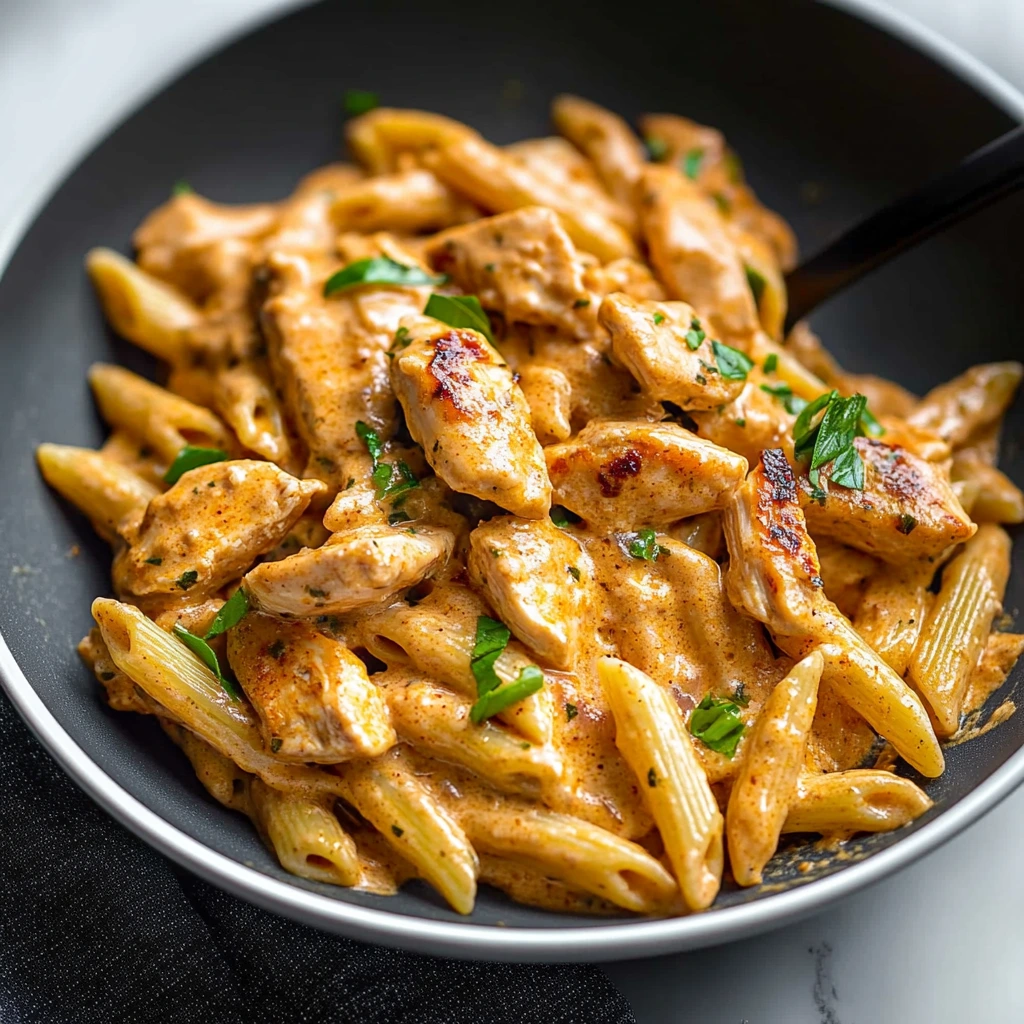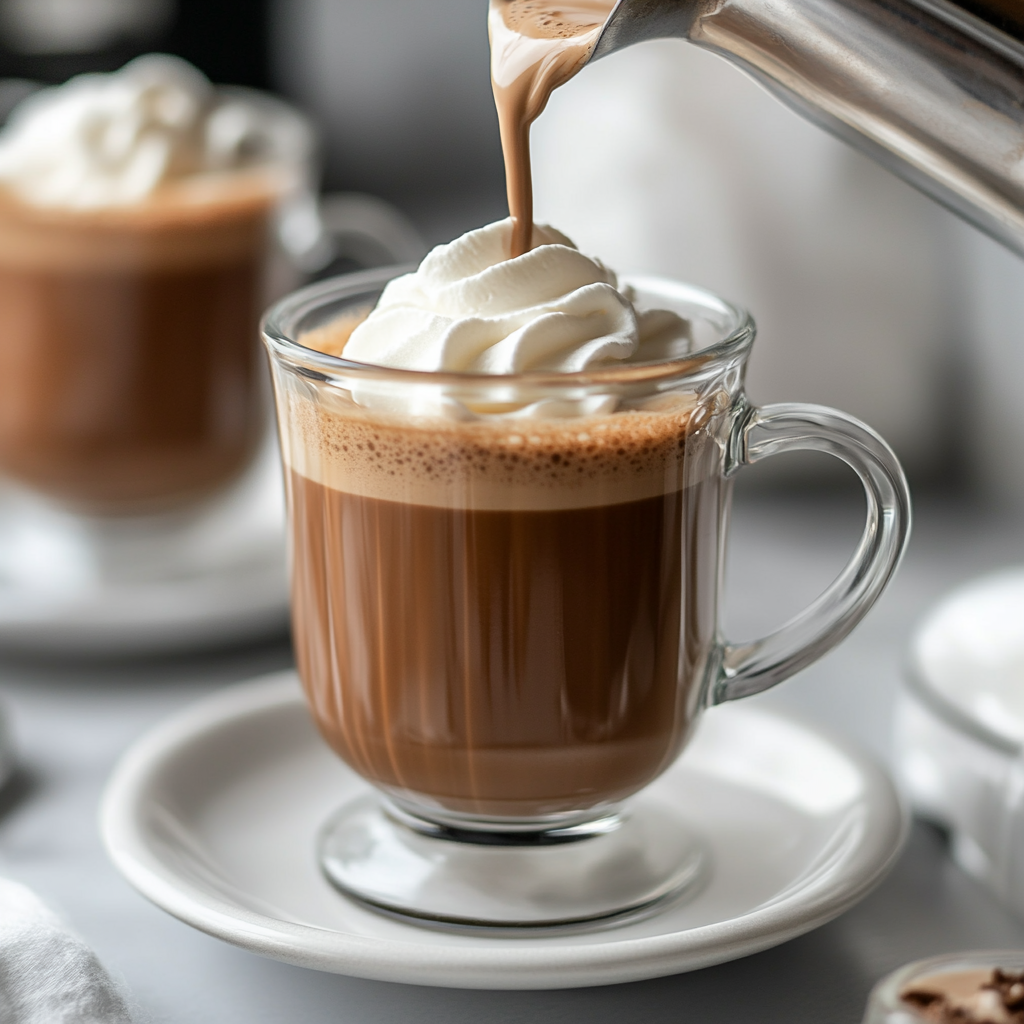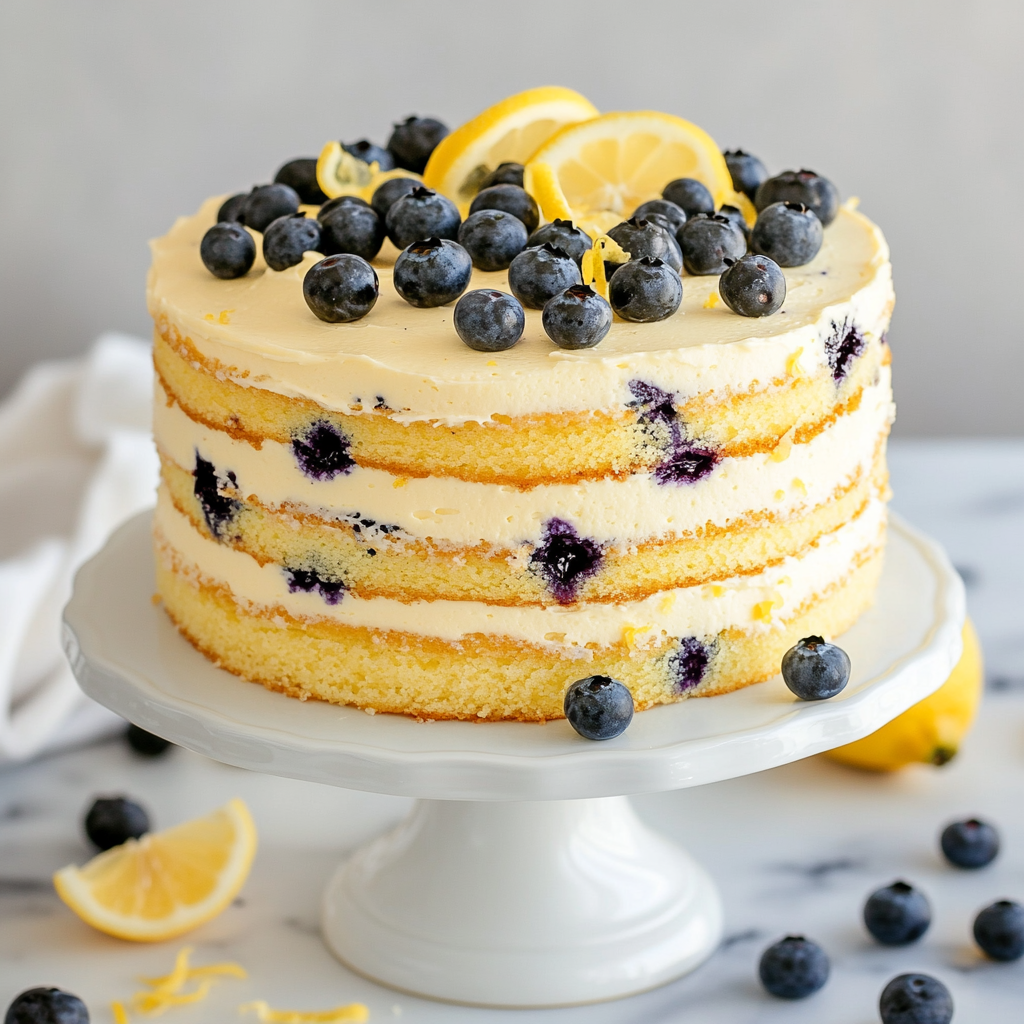Caramelized Slow Roast Asian Beef Short Rib combines the rich, unctuous texture of traditional slow-cooked ribs with the vibrant, umami-laden flavors of East Asia. By marrying a thoughtfully crafted marinade—featuring soy sauce, rice wine, sesame oil, garlic, and ginger—with patient, low-and-slow roasting, you achieve fall-off-the-bone tenderness and a deeply caramelized crust. This article will guide you through selecting the best cut of short rib, preparing a balanced Asian flavor profile, and executing each step—from trimming and marinating to searing and roasting—for maximum flavor development. Whether you’re entertaining guests or elevating a weeknight dinner, you’ll learn how to coax out the sweet-savory complexity that defines exceptional Asian-style short ribs. Follow along to master every technique and create a show-stopping centerpiece that delights with its glossy sheen, intense aromas, and mouth-watering depth of flavor.
Anatomy of the Perfect Short Rib
What Are Beef Short Ribs?
Beef short ribs are taken from the lower portion of the cow’s rib cage, featuring a generous amount of intermuscular connective tissue and marbled fat. The cut may be English-style (with long bones attached) or flanken-style (thin slices across multiple bones). This abundance of collagen transforms into gelatin during slow cooking, imparting a luscious mouthfeel. The high fat content ensures the meat remains succulent and prevents drying out, while the bone adds an extra layer of savory richness.
Why Short Ribs Work for Slow Roasting
Slow roasting at low temperatures (typically between 250 °F and 275 °F) allows the marbled fat and connective tissue to render gradually, creating a tender interior without compromising moisture. As the collagen breaks down, it yields a silky texture that virtually melts on the palate. The meat’s substantial size and uniform thickness facilitate even heat distribution, ensuring that every bite achieves consistent doneness. Additionally, the relatively flat surface of short ribs provides ample real estate for a caramelized crust to develop, intensifying both flavor and visual appeal.
Key Asian Flavor Profile Components
Core Marinade Ingredients
-
Soy Sauce: Offers umami depth and saltiness to balance the meat’s richness.
-
Rice Wine (Shaoxing or Mirin): Enhances complexity with subtle sweetness and acidity, helping tenderize fibers.
-
Sesame Oil: Contributes a toasty aroma; use sparingly to avoid overpowering.
-
Aromatics: Fresh garlic and ginger inject pungent warmth and bright counterpoints, while optional scallions lend mild onion notes.
Sweeteners and Caramelization Agents
-
Brown Sugar or Palm Sugar: Provides molasses-like sweetness and promotes Maillard browning.
-
Honey or Maple Syrup: Adds a floral dimension and sticky glaze that clings to the meat.
-
Mirin (if not used as rice wine substitute): Amplifies gloss and aids in creating a lacquered surface.
-
Optional Chili Paste or Gochujang: Balances sweet with smoky heat and deep red color; use according to spice tolerance.
Step-by-Step Preparation
Trimming and Scoring the Ribs
Begin by patting the short ribs dry. Trim away any large flaps of excess fat, leaving a thin layer to render. Lightly score the meat in a crisscross pattern—this increases surface area for marinade absorption and accelerates caramelization.
Making the Marinade
In a mixing bowl, whisk together soy sauce, rice wine (or mirin), toasted sesame oil, minced garlic, grated ginger, and your chosen sweetener until fully dissolved. For a hint of heat, incorporate a teaspoon of chili paste or gochujang. Toast a teaspoon of sesame seeds in a dry pan until fragrant and stir into the mixture for added texture.
Marinating Technique and Timing
Place the ribs in a resealable bag or shallow dish and pour the marinade over, ensuring all surfaces are coated. Massage gently to work the marinade into the scoring. Seal and refrigerate for at least four hours; for maximum flavor penetration, marinate overnight (12–24 hours), turning the ribs halfway through to redistribute juices evenly.
Achieving the Perfect Caramelized Crust
Drying the Surface
Remove ribs from the marinade and let excess liquid drip away. Pat the exterior with paper towels to remove surface moisture—this concentrates the sugar on the meat and prevents steaming during searing.
High-Heat Sear vs. Oven Broil
-
Stovetop Sear: Heat a cast-iron skillet over medium-high until smoking. Add a small amount of neutral oil, then lay ribs flat, pressing gently for full contact. Sear for 2–3 minutes per side until a deep mahogany crust forms. Transfer to a roasting rack.
-
Oven Broil Finish: Alternatively, arrange ribs on a foil-lined tray and broil 4–6 inches from the heat source for 3–5 minutes, watching closely to avoid burning. Rotate halfway to ensure even browning. The result is a shiny, sticky glaze that locks in juices and maximizes visual appeal.
Slow Roasting Method
Low-and-slow cooking is the heart of tender, flavorful Asian beef short ribs.
Oven Temperature and Rack Setup
Preheat your oven to 250 °F (120 °C). Position a rack in the center of the oven and place the ribs on a wire rack set inside a rimmed baking sheet or roasting pan. Elevating the meat allows hot air to circulate evenly around each piece, preventing steaming and ensuring consistent cooking. If you prefer a moister environment, add a half-cup of beef broth or water to the bottom of the pan—but keep the liquid below the rack so the ribs roast, not braise.
Cooking Time and Internal Temperature
Plan on 3 to 4 hours of roasting time for English-style short ribs (bone-in), or 2½ to 3 hours for flanken-style (thin-cut) ribs. Use an instant-read thermometer inserted into the thickest part of the meat (avoiding bone) to monitor doneness. You’re aiming for an internal temperature of approximately 200 °F (93 °C), at which point the collagen has fully broken down and the meat will yield like butter.
Optional Basting and Braising
Every 60 minutes, baste the ribs with reserved marinade or pan drippings to keep the surface moist and build layers of flavor. For a hybrid roast-braise, add ½ cup of your marinade or stock to the pan after two hours, tent the ribs loosely with foil, and finish uncovered for the final 30 minutes to re-concentrate the glaze.
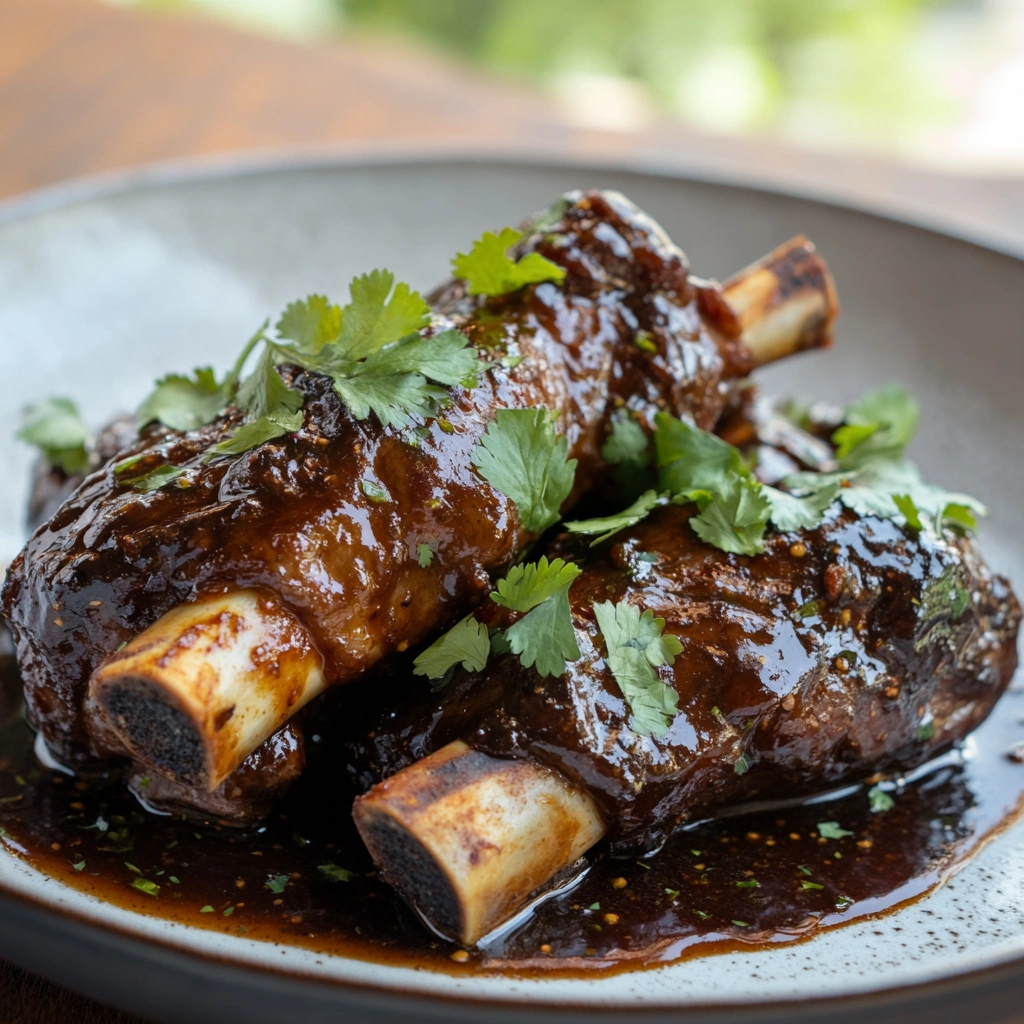
Resting and Finishing
Allowing the ribs to rest is crucial for juice redistribution and a glossy finish.
Resting
Once the ribs reach 200 °F (93 °C) internally, remove them from the oven and tent loosely with foil. Let them rest for 15–20 minutes. During this time, the meat fibers relax and reabsorb rendered juices, resulting in a more succulent bite.
Broiler Glaze (Optional)
For an extra-shiny, caramelized surface, briefly broil the rested ribs: preheat the broiler to high, arrange the ribs on a foil-lined tray 4–6 inches from the element, and broil 2 to 3 minutes per side. Watch carefully to avoid burning; you want a sticky, lacquered finish, not char.
Serving Suggestions & Side Dishes
Pair your caramelized Asian short ribs with accompaniments that complement sweet-savory richness and cut through fat.
Traditional Sides
-
Steamed Jasmine or Basmati Rice: Neutral grains soak up the glossy sauce.
-
Pickled Vegetables (Kimchi, Daikon, Cucumber): Tangy acidity refreshes the palate.
-
Blanched Greens (Baby Bok Choy, Gai Lan): A drizzle of toasted sesame oil and light soy balances richness.
Modern Twists
-
Asian Slaw: Shredded cabbage, carrots, and scallions tossed in rice vinegar, honey, and sesame oil for crunch and brightness.
-
Bao Buns or Steamed Buns: Slice the ribs, tuck into pillowy buns with hoisin sauce, fresh cilantro, and sliced chilies for a handheld treat.
-
Crispy Rice Cakes: Pan-fried rice rounds topped with shredded rib meat, scallions, and a drizzle of sriracha mayo for texture contrast.
Variations & Tips
Customize the recipe to suit taste preferences, equipment, and ingredient availability.
Spice Level Adjustments
To dial up heat, incorporate 1–2 tablespoons of gochujang or sambal oelek into your marinade. For a numbing-spicy kick, crush 1 teaspoon of Sichuan peppercorns and stir into the sauce.
Alternative Cuts & Methods
If short ribs are unavailable, bone-in chuck roast or beef cheeks can substitute—just adjust cooking times (add 30–60 minutes). For a slow-cooker version, sear ribs as directed, then transfer to the slow cooker with marinade and cook on low for 8 hours.
Make-Ahead and Storage
Ribs taste even better the next day. Cool completely, then refrigerate in an airtight container for up to 3 days or freeze for up to 3 months. Reheat in a 300 °F oven, tented with foil, until warmed through, adding a splash of broth to maintain moisture.
Nutrition Snapshot
A single serving (2–3 short ribs) delivers approximately:
-
Calories: 550–650 kcal
-
Protein: 35–40 g
-
Total Fat: 40–45 g (Saturated Fat: 15 g)
-
Carbohydrates: 10–15 g (Sugars: 8–10 g)
Variations in marinade sweetness and portion size will shift macros; for a lighter dish, reduce added sugar by half and trim excess fat before cooking.
Conclusion & Call to Action
Caramelized Slow Roast Asian Beef Short Rib is a show-stopping dish that marries deep, savory umami with glossy, sweet-savory caramelization. By mastering each stage—from trimming and scoring, to marinating, searing, and slow roasting—you’ll consistently produce ribs that are tender, flavorful, and visually irresistible. Don’t hesitate to experiment with spice levels, alternative cuts, or creative sides to make the recipe your own. Ready to impress family and friends? Gather your ingredients, preheat the oven, and embark on a culinary journey that celebrates the best of Asian-inspired slow-cooked beef. After you’ve tried it, share your photos and tweaks on social media—and tag us so we can see your delicious creations!
FAQs
Q1. How long should I marinate my short ribs for optimal flavor?
For depth of flavor, marinate for at least 4 hours. An overnight (12–24 hour) soak allows the aromatics and sugars to fully penetrate the meat, yielding a richer taste and more pronounced caramelization.
Q2. Can I use boneless short ribs instead of bone-in?
Yes. Boneless ribs cook slightly faster (subtract 30–45 minutes) and are easier to slice, but bone-in ribs impart additional richness. Adjust cooking time and monitor internal temperature to prevent overcooking.
Q3. What if my ribs aren’t as tender as I’d like?
Undercooked ribs often stem from insufficient time at low temperature. If they resist the probe at 200 °F (93 °C), return them to the oven for another 20–30 minutes, then test again. Patience is key for full collagen breakdown.
Q4. How do I prevent burnt sugar during searing or broiling?
Always pat the ribs dry before high-heat steps to remove excess liquid. Keep searing or broiling times brief (2–3 minutes per side) and watch closely; sugars can transition from caramel to char in seconds.
Q5. What’s the best way to reheat leftovers without drying them out?
Reheat in a 300 °F oven, ribs tented with foil and with 2–3 tablespoons of broth or marinade drizzled over. Warm for 15–20 minutes until heated through, then finish under the broiler for 1–2 minutes if you want to refresh the crust.
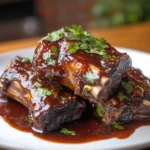
Caramelized Slow Roast Asian Beef Short Rib
Description
These Caramelized Slow Roast Asian Beef Short Ribs deliver fall-off-the-bone tenderness wrapped in a glossy, sweet-savory glaze. Marinated overnight in a blend of soy sauce, rice wine, sesame oil, garlic, ginger, and brown sugar, the ribs are scored, seared to develop a deep mahogany crust, then slow-roasted at 250 °F for 3–4 hours until the collagen has fully broken down. The result is richly flavored meat that practically melts on your tongue, accented by sticky caramel notes and an undercurrent of umami. Serve atop steamed jasmine rice or tucked into steamed bao buns with crisp pickles and fresh scallions for a restaurant-worthy centerpiece you can prepare at home.
Ingredients
– 4 pounds beef short ribs
– 1 cup soy sauce
– 1/2 cup brown sugar
– 1/4 cup rice vinegar
– 1/4 cup sesame oil
– 3 cloves garlic, minced
– 1 tablespoon fresh ginger, grated
– 1 tablespoon cornstarch
– 2 tablespoons water
– 1 teaspoon black pepper
– 2 green onions, sliced (for garnish)
– Sesame seeds (for garnish)
Instructions
1. Preheat Oven: Preheat your oven to 300°F (150°C).
2. Prepare Marinade: In a bowl, mix soy sauce, brown sugar, rice vinegar, sesame oil, garlic, ginger, and black pepper.
3. Marinate the Ribs: Place the beef short ribs in a shallow dish and pour the marinade over them. Allow the ribs to marinate for at least 30 minutes, or overnight for more flavor.
4. Sear the Ribs: In a large oven-safe pot, heat a small amount of oil over medium-high heat. Sear the short ribs on all sides until browned, about 2-3 minutes per side.
5. Slow Roast: Pour the marinade over the seared ribs, cover the pot, and place it in the preheated oven. Cook for 3 hours or until the ribs are tender.
6. Create the Glaze: After 3 hours, carefully remove the ribs. In a small bowl, combine cornstarch and water to create a slurry. Add the slurry to the pot and simmer the marinade until thickened, about 5 minutes.
7. Glaze the Ribs: Brush the glaze over the short ribs and cook under the broiler for 5-10 minutes, until caramelized.
8. Rest the Ribs: Allow the ribs to rest for 15 minutes before slicing.
Notes
- Marinate Longer: For maximum flavor penetration, marinate 12–24 hours; if short on time, allow at least 4 hours.
- Trim Fat Wisely: Leave a thin layer for juiciness but remove heavy fat caps to prevent flare-ups and excessive grease.
- Monitor Temperature: Pull ribs at an internal reading of ~200 °F (93 °C) for perfect tenderness.
- Basting Option: Every hour, spoon pan drippings or reserved marinade over the ribs to build layers of flavor.
- Make-Ahead Friendly: Cooked ribs keep for 3 days in the fridge or freeze up to 3 months. Reheat gently in a 300 °F oven with a splash of broth.
- Broiler Finish: For extra shine and caramel color, broil 2–3 minutes per side just before serving—watch closely to avoid burning.


